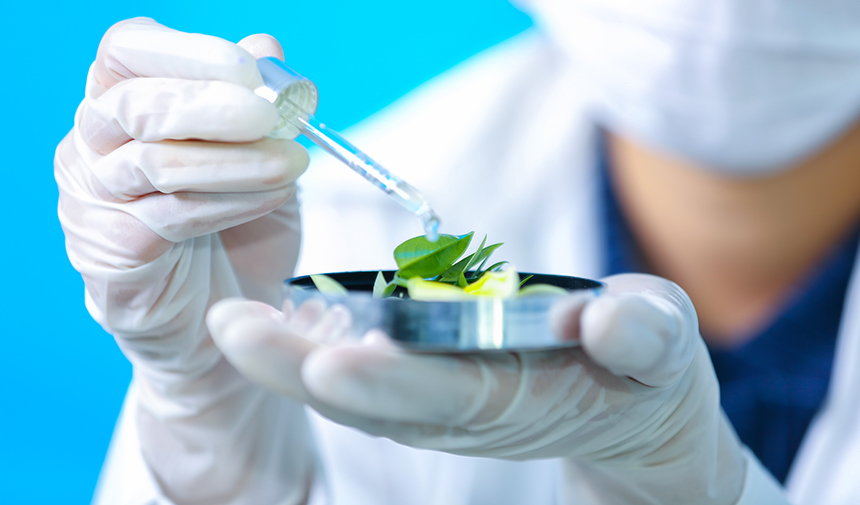Food biotechnology and genetic engineering have revolutionized agriculture and animal husbandry. These areas enable more efficient, durable and nutritious products to be obtained by changing the genetic structures of plants and animals. Genetic modification not only increases agricultural production but also supports environmental sustainability and food security. Here are the details about the application of genetic modifications in plants and animals:
Plant Genetics and Genetic Modification
Genetic modification of plants involves changing their genetic structure to improve certain traits. In this process, genetic engineers identify and insert genes that make plants more resilient, productive and nutritious. For example, resistance genes are introduced into plants to provide protection from insect pests or diseases. This reduces pesticide use and results in healthier crops.
Genetically modified (GM) plants are widely planted around the world. The most well-known GM crops include corn, soybeans, cotton and canola. These plants have improved agricultural productivity by developing resistance to pests, diseases and environmental stress. For example, Bt corn gained resistance to insect pests by inserting a gene from the bacterium Bacillus thuringiensis. In this way, farmers need less chemical pesticides and the environmental impact is reduced.
Additionally, genetic modification is also used to increase the nutritional value of plants. Golden rice is an example that was developed to correct vitamin A deficiency. This type of rice has been enriched with genetic modifications that increase its beta-carotene content, which is critical for human health. Thus, blindness and other health problems caused by vitamin A deficiency can be reduced.
Animal Genetics and Genetic Modification
Genetic modification of animals also provides significant advances in agriculture and animal husbandry. Genetic engineering can increase the growth rate of animals, their resistance to diseases, and the quality of products such as meat and milk. For example, fast-growing salmon have been improved by editing the growth hormone gene. These fish grow twice as fast as conventional salmon, increasing efficiency in aquaculture.
Genetic modification also makes animals more resistant to diseases. For example, pigs resistant to PRRS (Porcine Reproductive and Respiratory Syndrome) disease have been genetically modified in order to reduce the economic losses of this disease. Such genetic modifications protect animal health, reducing the use of veterinary drugs and supporting sustainability in the livestock industry.
Environmental and Ethical Perspectives
Genetic modifications also have environmental benefits. Using fewer pesticides and herbicides reduces the environmental impact of agricultural production. Additionally, developing plants that are resistant to harsh conditions such as drought, salty soil and low nutrient levels increases the sustainability of agriculture.
However, ethical and safety issues of genetic modifications must also be carefully considered. There are concerns about the potential impacts of GM organisms (GMOs) on ecosystems and their long-term effects on human health. Therefore, rigorous evaluations must be made regarding the safety of genetic modifications and strict controls must be implemented by regulatory bodies.
Conclusion and Future Perspectives
Food biotechnology and genetic engineering are making revolutionary changes in agriculture and animal husbandry. Genetic modification of plants and animals allows for more productive, durable and nutritious food products. These technologies are critical to respond to the increasing food demands of the world’s population.
However, ethical and safety issues must be taken into consideration when applying genetic modifications. More research needs to be done on the potential risks and environmental impacts of GMOs and to ensure that these technologies are used responsibly. In the future, advances in food biotechnology and genetic engineering have the potential to improve food security and support environmental sustainability worldwide.



